May 20, 2025 | 21:18 GMT +7
May 20, 2025 | 21:18 GMT +7
Hotline: 0913.378.918
May 20, 2025 | 21:18 GMT +7
Hotline: 0913.378.918
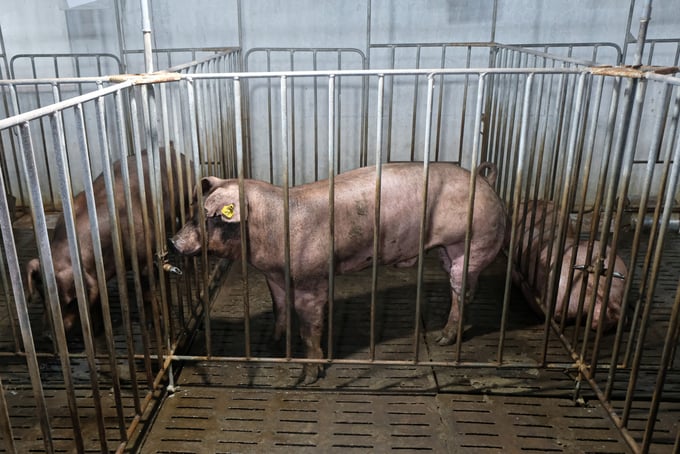
Decoding the African swine fever virus can help farmers detect the disease early. Photo: Tung Dinh.
On October 17th and 18th, the Department of Animal Health, the National Institute of Veterinary Research and the International Livestock Research Institute (ILRI) jointly organized the workshop "From research to policy: Improving animal disease prevention and control in Vietnam." On this occasion, scientists exchanged crucial insights related to researching and analyzing African swine fever and its impact on Vietnam's livestock industry.
Dr. Dao Duy Tung (Virology Department, National Institute of Veterinary Research), said that the Institute has cooperated with the Korean Research Institute for Veterinary Science to study ASFV. This includes analyzing the gene expression of ASFV after experimental infection in pigs in Vietnam, as well as conducting clinical, hematological and epidemiological research on ASFV in Vietnam.
In addition, Vietnamese scientists are conducting and analyzing the data of ASFV spread and the immune response of swine to virus infection. This activity helps to determine the transmission routes of African swine fever, focusing on environmental risk factors.
These studies aim to characterize the infection progression of ASFV-infected pigs by studying clinical signs and hematological characteristics. The data helps to identify the survival rate and temperature changes of infected pigs according to DPI.
These studies also aimed to find a method for early diagnosis of ASFV-infected pigs by selecting samples for early detection of ASFV infection.
Another goal of the studies is to find an alternative diagnostic method for African swine fever in diseased pigs without the need for postmortem examination of infected pigs, thereby minimizing the spread of ASFV in pig farms through postmortem examination of infected pigs.
Preliminary results suggest that the oral and nasal routes are important for ASFV transmission in herds and that oral fluid samples collected by the rope-bite method are useful for ASFV detection.
In addition, ASFV can be detected in some environmental samples, such as aerosols, feed and water, which may be potential risk factors for ASFV transmission between pigs.
In the analysis of the biological pathology of pigs exposed to the ASFV and the estimation of the basic reproduction coefficient of the virus in Vietnam, Dr. Dao Duy Tung said that the golden time to prevent the spread of African swine fever is 4 days from the discovery of the first dead animal until the virus spreads from the cohabiting animal. Dr. Dao Duy Tung also asserted that an infected pig will be able to infect about 3 to 4 pigs.
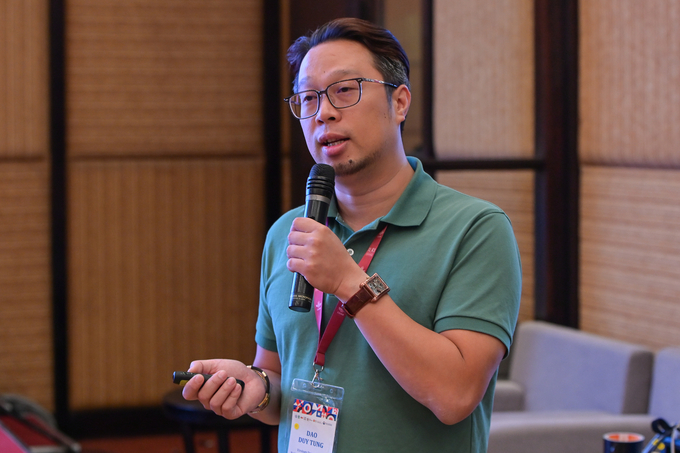
Mr. Dao Duy Tung from the National Institute of Veterinary Research shares about the analysis of ASFV samples. Photo: Tung Dinh.
These findings provide a fundamental resource for studying the pathogenesis of ASFV and host immune responses to identify vaccine targets and develop alternative antiviral strategies.
Meanwhile, at the Central Veterinary Diagnostic Center under the Department of Animal Health, scientists have organized ASFV gene sequencing in 2024 and ASFV virulence testing between 2019 and 2024.
Gene sequencing results show that at least 2 ASF strains are circulating in the field since 2023. Specifically, the first is a virus strain with both B646L and E183L genes belonging to Genotype II, similar to the virus strain introduced in 2019 (Georgia07-like).
The second is a recombinant virus strain with the B646L gene belonging to Genotype I and the E183L gene belonging to Genotype II, similar to the Chinese strains in 2021 - 2022 (Chinese NH/P68-like). Both virus strains are distributed and intertwined, causing disease in the northern region.
Meanwhile, virulence analysis results showed that the 2024 field ASFV strains were highly virulent to pigs, similar to the 2019 virus strain.
Pigs infected with recombinant African swine fever strain genotype I+II (2024) died 100% within 5 to 6 days; pigs infected with genotype II (2024) strain died 100% within 4 to 10 days; pigs infected with genotype II (2019) strain died 100% within 4 to 11 days.
Pigs infected with the 2024 field strain had clinical manifestations and lesions similar to the 2019 virus strain, with the most severe lesions in the lymph node system, lungs and spleen.
Experimental pigs infected with field strains had high viral loads in blood and viscera, and also shed the virus in saliva. Experimental pigs developed humoral antibodies in their blood 10 days after infection.
Translated by Quynh Chi
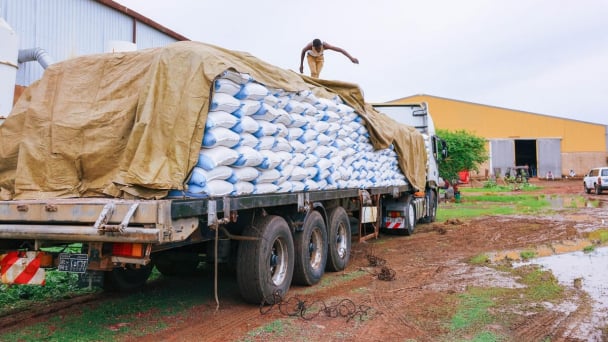
(VAN) In 2024, over 295 million people across 53 countries and territories faced acute hunger—an increase of almost 14 million people compared to 2023, while the number of people facing catastrophic levels of hunger reached a record high.

(VAN) World Environment Day 2025 (June 5) carries the theme 'Beat Plastic Pollution' continuing to emphasize the global urgency of addressing the plastic waste crisis.
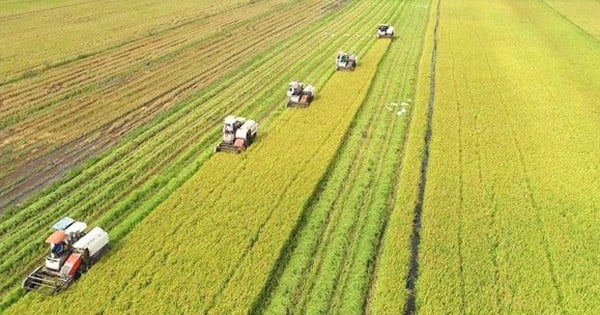
(VAN) This was the assessment shared by experts at the workshop titled 'Assessing the Role and Potential of Low-Emission Rice Production Systems in Vietnam,' held on the morning of May 19.

(VAN) Cai Rong Port is the fisheries control center of Quang Ninh, helping to monitor fishing vessels, combat IUU fishing, and remove the EC's 'yellow card'.
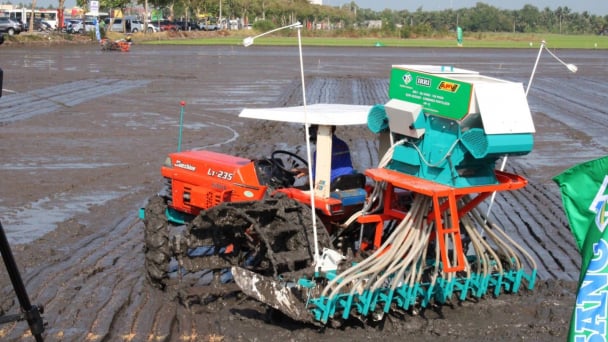
(VAN) The German Agricultural Society (DLG) explores the possibility of establishing a mechanization service center in Vietnam’s Mekong Delta to support farmers in accessing and utilizing advanced machinery.

(VAN) On May 16, the Department of Water Resources Management, in collaboration with the Food and Agriculture Organization of the United Nations (FAO), held a signing ceremony for the GEF-8 project document.

(VAN) Food safety, mechanization, vocational training, and market opening are key areas of cooperation expected between the Vietnamese Government and the Federal Republic of Germany.